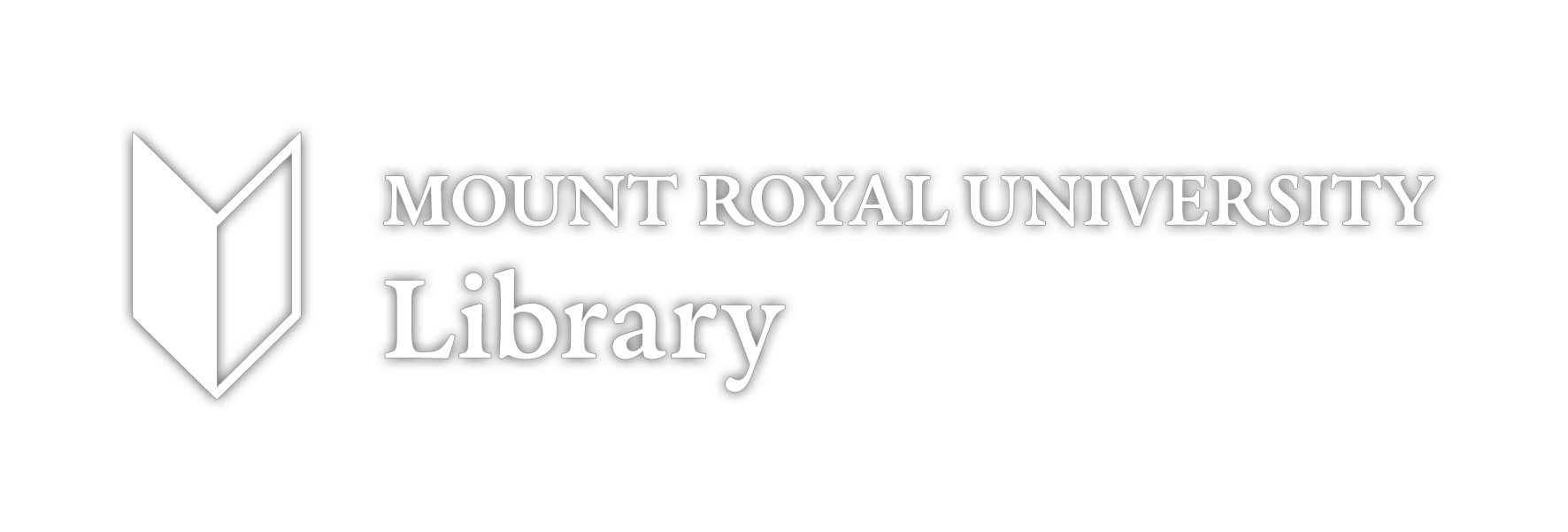File
Bones at home: supporting haptic learning and universal design beyond the biological anthropology laboratory
Digital Document
| Content type |
Content type
|
|---|---|
| Collection(s) |
Collection(s)
|
| Resource Type |
Resource Type
|
| Genre |
Genre
|
| Peer Review Status |
Peer Review Status
Peer Reviewed
|
| Origin Information |
|
|---|
| Persons |
Author (aut): Gilmour, Rebecca J.
Author (aut): Gamble, Julia A.
|
|---|
| Abstract |
Abstract
Remote teaching during the COVID-19 pandemic led to a range of pedagogical challenges for anthropology laboratory courses. In biological anthropology courses such as Human Osteology, hands-on experience is essential to achieving learning outcomes, including basic bone and feature (i.e., landmark) identification, identification from fragmentary remains, and age and sex estimation. To address the need for training that includes object-based, tactile (haptic) learning in fields such as biological anthropology and archaeology, all Human Osteology students at Mount Royal University and the University of Manitoba took home plastic model skeletons. The purpose of this study was to evaluate how well remotely educated undergraduates (REU) met human osteology learning objectives when supported by plastic model skeletons at home. We present the results of a survey designed to test core osteological skills obtained by REUs in comparison with undergraduates educated with in-person laboratory components (IPU), and experts in the field (0-4 and 5+ years of experience). REU scores did not differ significantly from those of IPU or Junior Experts with less than 5 years of experience. Students performed well in bone identification but were limited in their ability to apply common sex and age estimation methods and to identify incomplete elements. Our findings reinforce the importance of haptic learning and years of experience in human osteological learning. They support the use of takehome models as valuable resources in both remote and in-person undergraduate teaching. This work is a step toward more inclusive universal instructional design that can be applied across various anthropology laboratory courses. |
|---|---|
| Language |
Language
|
| Publication Title |
Publication Title
|
|---|
| Physical Description Note |
Physical Description Note
PRE-PUBLICATION
|
|---|
| Related Item |
Related Item
|
|---|
| DOI |
DOI
10.5744/bi.2024.0024
|
|---|---|
| ISSN |
ISSN
2472-8357
|
| Note |
|
|---|
| Use and Reproduction |
Use and Reproduction
This work is completed in entirety by Rebecca J., Gilmour and Julia A. Gamble. All rights reserved by publisher.
author
|
|---|
| Keywords |
Keywords
Human Osteology
Bioarchaeology
Universal Design
Laboratory Pedagogy
Object-Based Learning
Online Teaching
COVID-19 Instruction
Preprint
|
|---|---|
| Subject Topic |
mru_974.pdf982.55 KB
331-Extracted Text.txt84.94 KB
